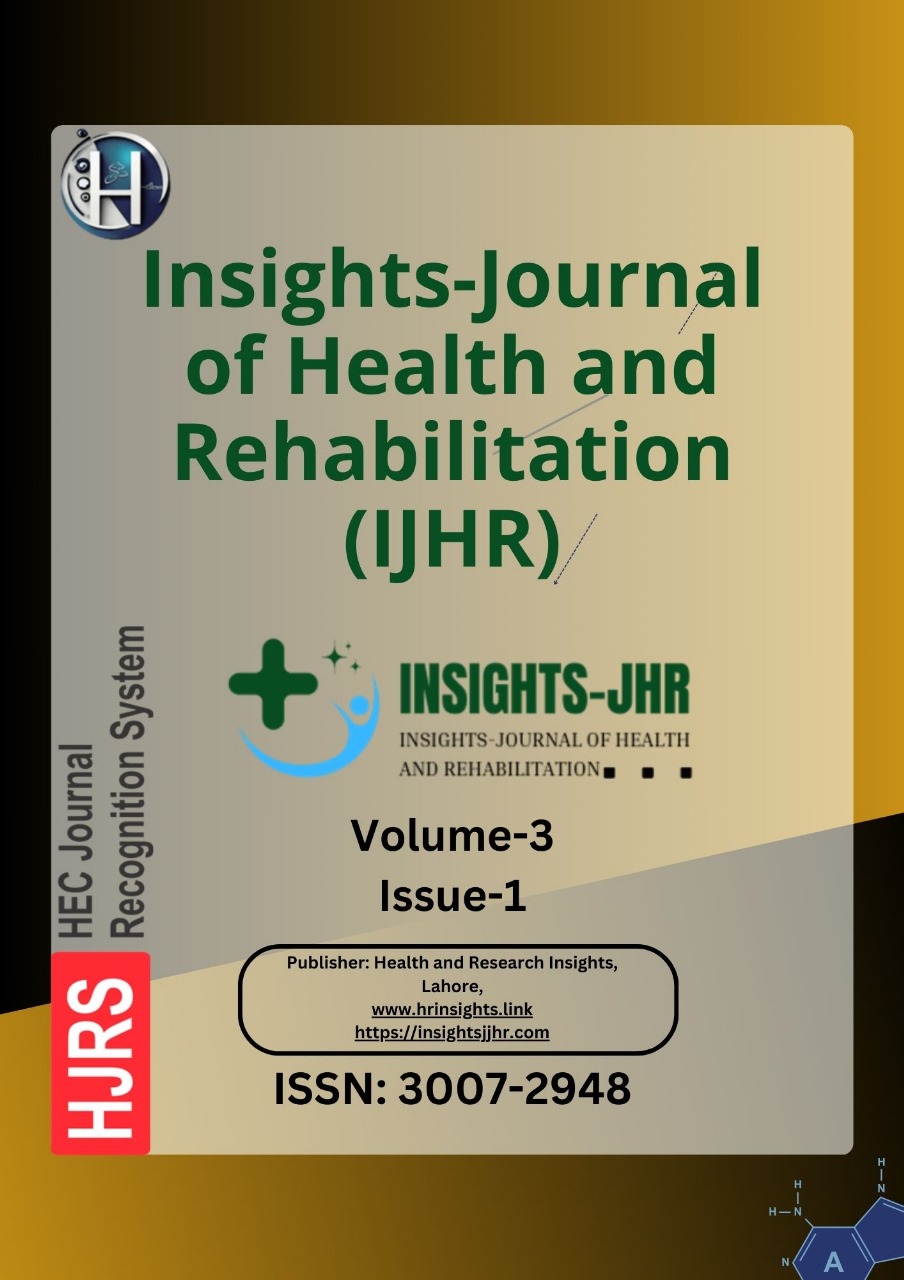ASSESSMENT OF CORE STRENGTH AFTER ANTERIOR CRUCIATE LIGAMENT RECONSTRUCTION DURING SINGLE-LEG SQUATS
DOI:
https://doi.org/10.71000/m3zpb322Keywords:
Anterior cruciate ligament reconstruction, core stability, core strength, knee valgus, physical therapy, rehabilitation, single-leg squatAbstract
Background: Core strength plays a pivotal role in dynamic stability and efficient force transmission. Inadequate core and hip muscle strength often contribute to knee valgus, which increases the risk of non-contact anterior cruciate ligament (ACL) injuries. With ACL injuries being prevalent in team sports, there is a growing need for effective rehabilitation strategies. This study addresses a notable gap in understanding the relationship between core strength and single-leg squat (SLS) performance in patients post-ACL reconstruction, providing valuable insights to optimize rehabilitation practices.
Objective: To assess the impact of core strength on single-leg squat performance in individuals following ACL reconstruction.
Methods: A descriptive cross-sectional study design was employed, including 72 participants selected using non-probability convenient sampling. The study was conducted at Lahore Medical and Dental College over six months. Inclusion criteria included individuals aged 18-40 years with a history of unilateral ACL reconstruction, a stable graft, full knee range of motion, and completion of rehabilitation. Core strength was measured using the Plank Test, while SLS performance was graded using a three-point ordinal scale ("Good," "Fair," and "Poor"). SPSS version 24.0 was used for data analysis, and results were reported as mean, standard deviation, frequency, and percentages.
Results: The mean plank hold time was 51.58 seconds (SD = 30.47), with durations ranging from 7 to 130 seconds. SLS grading revealed 45.8% of participants performed in the “Good” category, 29.5% in “Fair,” and 25% in “Poor.” These findings demonstrate a positive association between core strength, as measured by plank hold time, and improved SLS performance.
Conclusion: Enhanced core strength significantly improves SLS performance in individuals post-ACL reconstruction. Incorporating core stability training into rehabilitation programs is critical for optimizing lower limb function and reducing the risk of re-injury.
Downloads
Published
Issue
Section
License
Copyright (c) 2025 Fatima Ali, Rabia Rahim, Misha, Waqas Waheed, Salwa Atta (Author)

This work is licensed under a Creative Commons Attribution-NonCommercial-NoDerivatives 4.0 International License.







